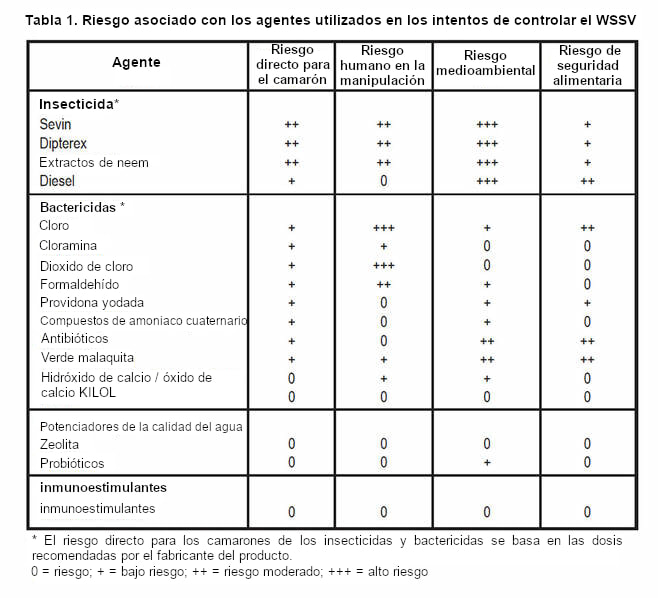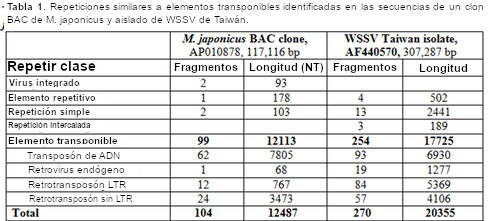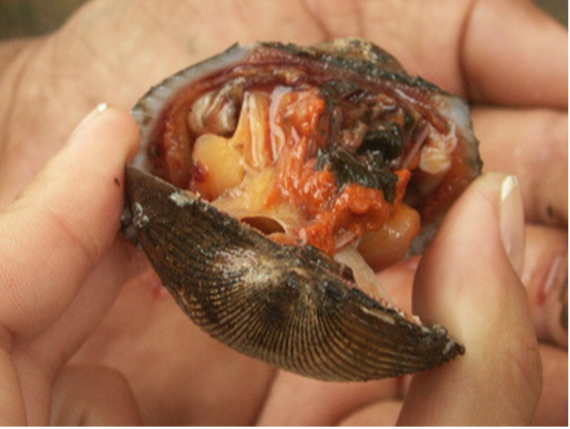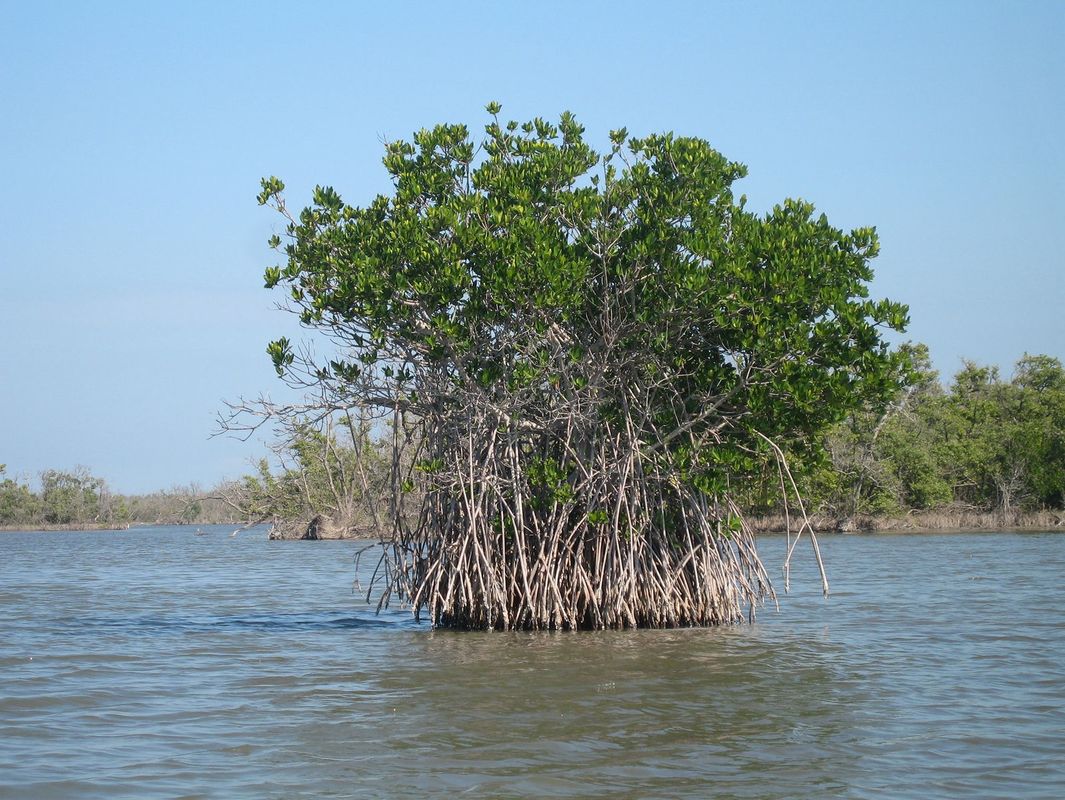RIESGOS ASOCIADOS CON PRODUCTOS QUÍMICOS Y OTROS AGENTES UTILIZADOS EN LOS INTENTOS DE CONTROLAR EL VIRUS DEL SÍNDROME DE LA MANCHA BLANCa
Laurence Massaut, Ph.D. Stanislaus Sonnenholzner, Ph.D. y Claude E. Boyd, Ph.D.
Los productores de camarón en Asia y en las Américas han utilizado una amplia gama de agentes químicos y biológicos en un intento por controlar la enfermedad del virus del síndrome de la mancha blanca (WSSV). Se cree que algunas de estas sustancias matan el virus WSS o sus posibles portadores.
Se afirma que otras sustancias estimulan el sistema inmunológico de los camarones y los ayudan a resistir la enfermedad. También se cree que las sustancias que mejoran las condiciones ambientales en los estanques y, por lo tanto, reducen el estrés, aumentan la resistencia del camarón a las enfermedades.
Los agentes utilizados en estos intentos se pueden aplicar al suelo y al agua del estanque antes de sembrar los camarones, aplicarlos al agua durante el cultivo o agregarlos al alimento. Aunque algunos productos pueden ser beneficiosos cuando se aplican a sistemas de acuicultura en concentraciones bajas, pueden ser tóxicos para los camarones en concentraciones más altas, causar problemas ambientales en estanques o ecosistemas circundantes, acumularse en el tejido del camarón y presentar un problema de seguridad alimentaria o ser peligrosos para los trabajadores. en la industria camaronera.
En este artículo comentaremos el estado medioambiental, laboral y de seguridad alimentaria de estas sustancias. Esta información fue compilada de literatura reciente y del sitio de Internet de la Agencia de Protección Ambiental de los Estados Unidos (EPA, http://www.epa.gov).
Los productores de camarón en Asia y en las Américas han utilizado una amplia gama de agentes químicos y biológicos en un intento por controlar la enfermedad del virus del síndrome de la mancha blanca (WSSV). Se cree que algunas de estas sustancias matan el virus WSS o sus posibles portadores.
Se afirma que otras sustancias estimulan el sistema inmunológico de los camarones y los ayudan a resistir la enfermedad. También se cree que las sustancias que mejoran las condiciones ambientales en los estanques y, por lo tanto, reducen el estrés, aumentan la resistencia del camarón a las enfermedades.
Los agentes utilizados en estos intentos se pueden aplicar al suelo y al agua del estanque antes de sembrar los camarones, aplicarlos al agua durante el cultivo o agregarlos al alimento. Aunque algunos productos pueden ser beneficiosos cuando se aplican a sistemas de acuicultura en concentraciones bajas, pueden ser tóxicos para los camarones en concentraciones más altas, causar problemas ambientales en estanques o ecosistemas circundantes, acumularse en el tejido del camarón y presentar un problema de seguridad alimentaria o ser peligrosos para los trabajadores. en la industria camaronera.
En este artículo comentaremos el estado medioambiental, laboral y de seguridad alimentaria de estas sustancias. Esta información fue compilada de literatura reciente y del sitio de Internet de la Agencia de Protección Ambiental de los Estados Unidos (EPA, http://www.epa.gov).
Descargar para ver el artículo completo
| 2020.11.18riesgosasociadosconproductosquimicoswssv.pdf |





